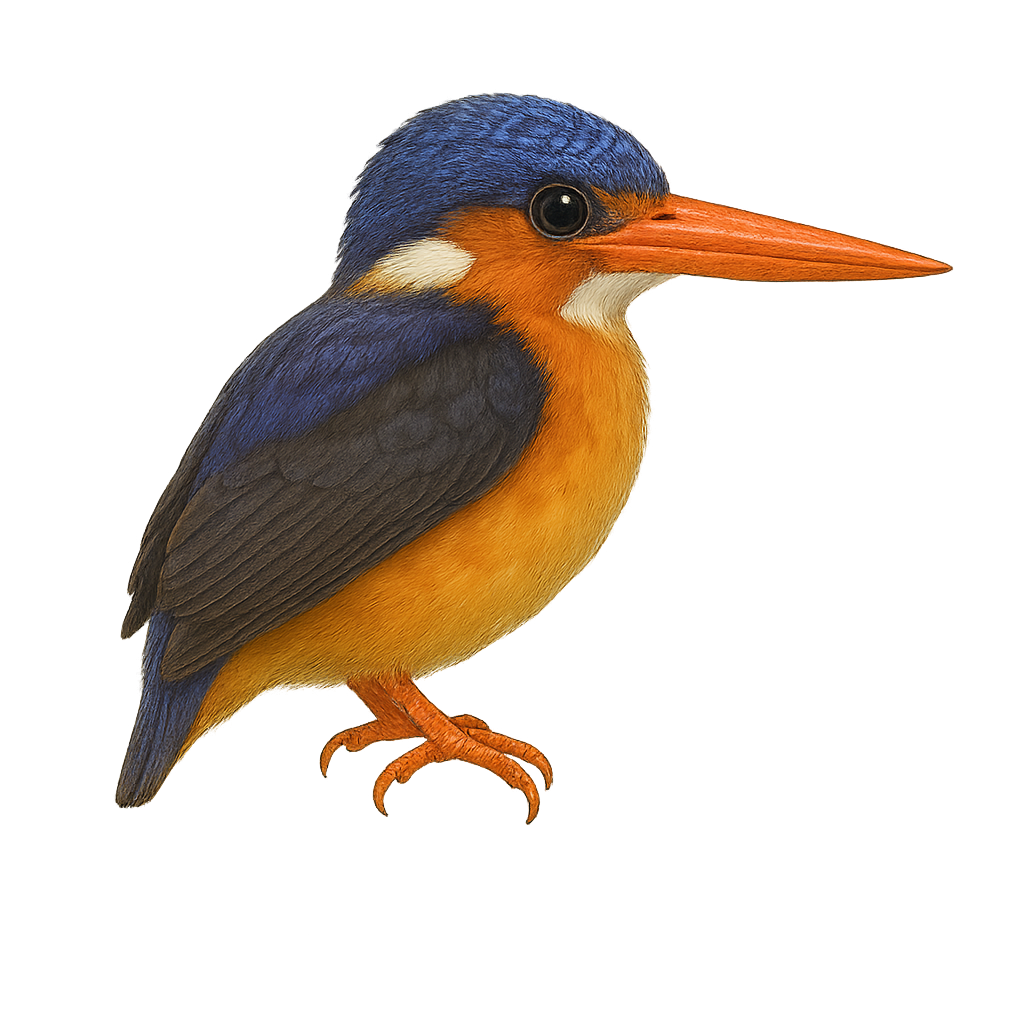Your wildlife photography guide.
Explore the dimorphic dwarf kingfisher in detail, study its behavior, prepare your shots.
Where to observe and photograph the dimorphic dwarf kingfisher in the wild
Learn where and when to spot the dimorphic dwarf kingfisher in the wild, how to identify the species based on distinctive features, and what natural environments it inhabits. The WildlifePhotographer app offers tailored photography tips that reflect the dimorphic dwarf kingfisher’s behavior, helping you capture better wildlife images. Explore the full species profile for key information including description, habitat, active periods, and approach techniques.
Dimorphic Dwarf Kingfisher
Scientific name: Ceyx margarethae

IUCN Status: Least Concern
Family: ALCEDINIDAE
Group: Birds
Sensitivity to human approach: Suspicious
Minimum approach distance: 5 m
Courtship display: March to April
Incubation: 20-22 jours
Hatchings: March to May
Habitat:
Tropical rainforests, wooded areas, water bodies
Activity period :
Primarily active during the day, with peak activity in the morning and late afternoon.
Identification and description:
The Dimorphic Dwarf Kingfisher, or Ceyx margarethae, is a small, brightly colored bird endemic to the island of Sulawesi in Indonesia. This kingfisher is distinguished by its vibrant plumage, featuring shades of blue, orange, and white. It primarily inhabits tropical rainforests and wooded areas near water bodies. Although discreet, it is often spotted due to its sharp and distinctive call. This kingfisher feeds mainly on small fish and insects, which it catches by swiftly diving into the water from a perch. Its small size and discreet behavior make it difficult to observe, but it is a true gem for birdwatchers and nature enthusiasts.
Recommended lens:
400mm – adjust based on distance, desired framing (portrait or habitat), and approach conditions.
Photography tips:
To photograph the Dimorphic Dwarf Kingfisher, it is advisable to use a telephoto lens of at least 400mm to capture detailed images without disturbing the bird. Look for areas near water where it is likely to hunt. Be patient and discreet, as this bird is suspicious and may quickly fly away if disturbed. Use a tripod to stabilize your camera and wait for the right moment to capture its spectacular dive. The natural light of the morning or afternoon can provide ideal conditions to highlight its bright colors.
The WildlifePhotographer App is coming soon!
Be the first to explore the best nature spots, track rutting seasons, log your observations, and observe more wildlife.
Already 1 432 wildlife lovers subscribed worldwide

